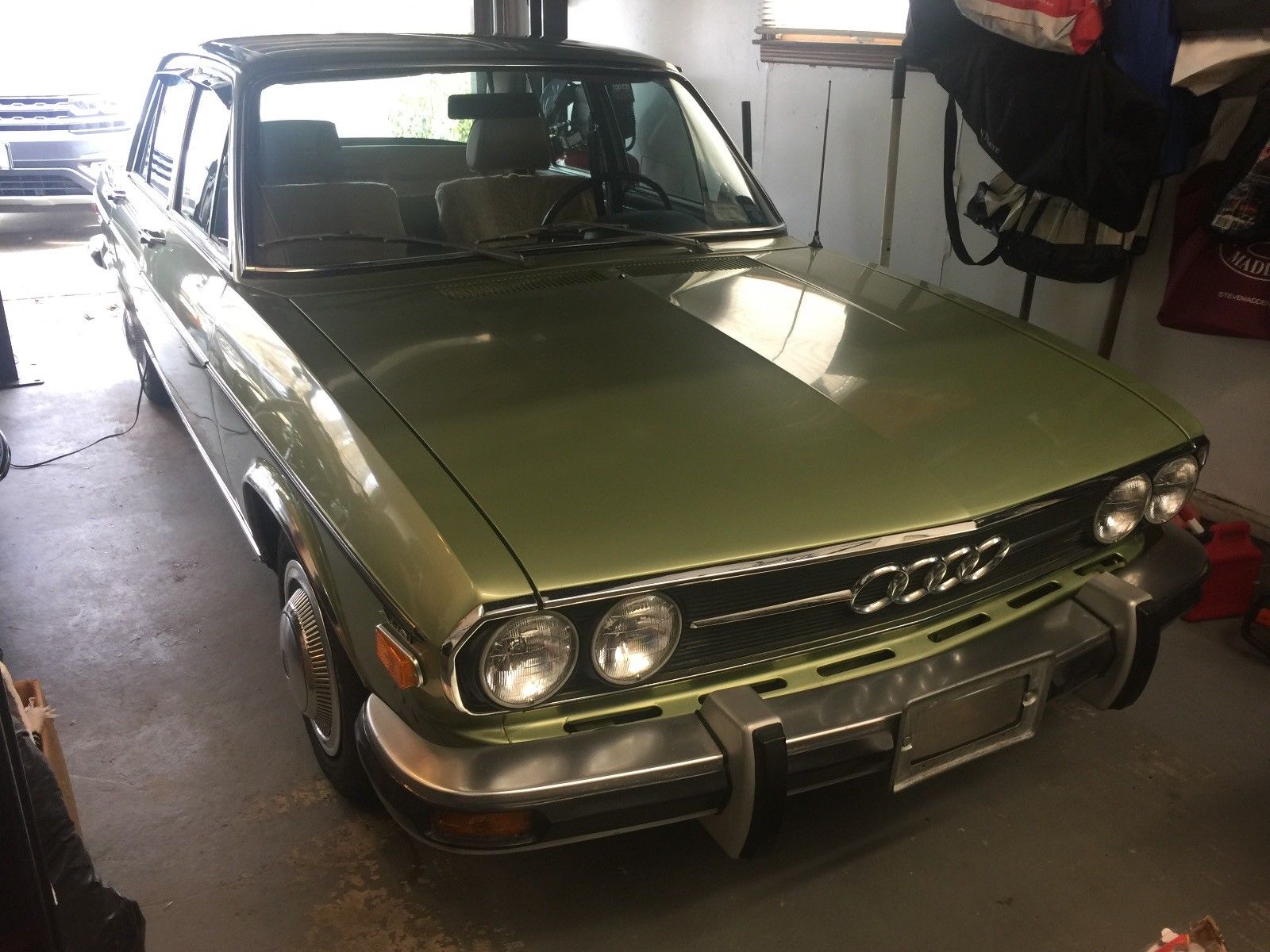Stepping even a bit further back in BMW’s timeline, today we have a Neue Klasse Coupe. The E120 was an evolution of the Bertone 3200CS design from the early 1960s, but BMW’s design head – one very famous Mr. Wilhelm Hofmeister – certainly added his own distinctive flair. However, he wasn’t alone – some of the most famous car designers from the period had influence – from the aforementioned Bertone, Giugiaro, and of course Michelotti (designer of the 700 series as well) all had a hand.
While the lines looked exotic, underneath the chassis and drivetrain were borrowed straight from the more pedestrian Neue Klasse sedans. Power came from the venerable 2.0 inline-4 M10 fed by twin Solex carbs. The CS had the higher compression (9.3:1) 120 horsepower version, while the C and CA made due with 100. This was still a huge step for BMW, who lacked the capability to produce the complex body structure on its normal assembly lines. As a result, like its successors the E9 and early E24 models, the 2000C, CA and CS Coupes would be produced by Karmann in Osnabrück. A total of approximately 13,691 were produced between its 1965 launch and the takeover of the 2800CS introduction in 1968.
So, they’re old, a bit quirky-looking by BMW standards, and rare. That certainly makes for the potential for a collector car! Let’s check out this first-year 2000C:









